
MDC Newsroom
As we get closer to the 100-day marker since the World Health Organization declared COVID-19 a pandemic, we can begin to see how exactly it has altered the way we use the internet and what new risks we now face.
New data shared by Cloudflare, a leading Internet performance and security solutions provider, shows a rapid increase of 10-30% in internet traffic around the world beginning in March – in some cases like Portugal demand increased by 50%. Similar trends have been observed throughout Latin America, especially in cities like Mexico City, São Paulo, Buenos Aires, and Santiago.
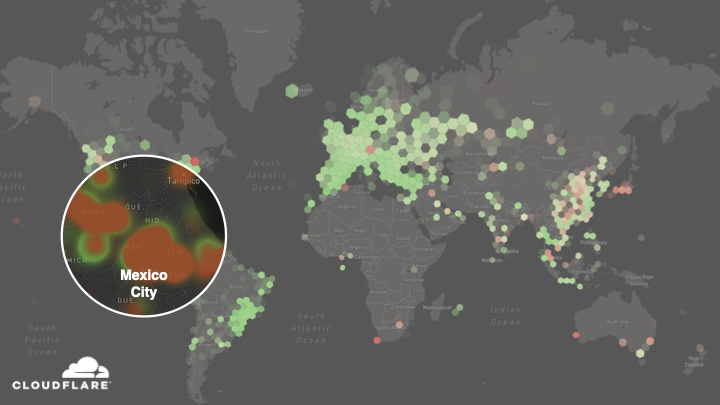
COVID-19’s effect on internet consumption
The pandemic has not only increased traffic but it has also changed the type of content that is in demand. In a recent webinar hosted by Cloudflare, Felipe Tribaldos and Carlos Silva discussed some of these shifts.
One of the most significant changes recorded since March is the sharp increase in the demand for content for kids, which rose by 250%. Content segments like education, entertainment, arts & crafts, government resources, online games also grew by 100%.
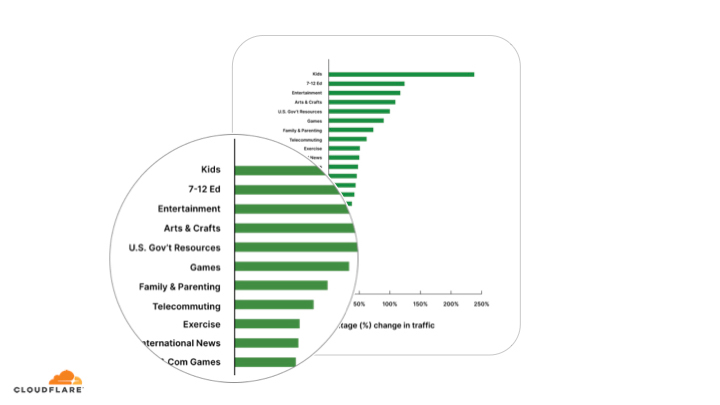
On the other end of the spectrum, sport-related content categories like professional basketball, football, and soccer suffered serious drops in demand by up to 50% as sports events around the world began to be postponed to follow social-distancing measures.
Content related to social activities like concerts, big events, tourism, and travel, also experienced a significant loss of traffic as more and more people began to stay at home.
A rise in cyberattacks
In a recent interview with Bloomberg, Matthew Prince, Cloudflare’s co-founder and chief executive officer, explained that on of the most notable trends in the wake of the pandemic was the rise in cyberattacks which almost doubled during April.
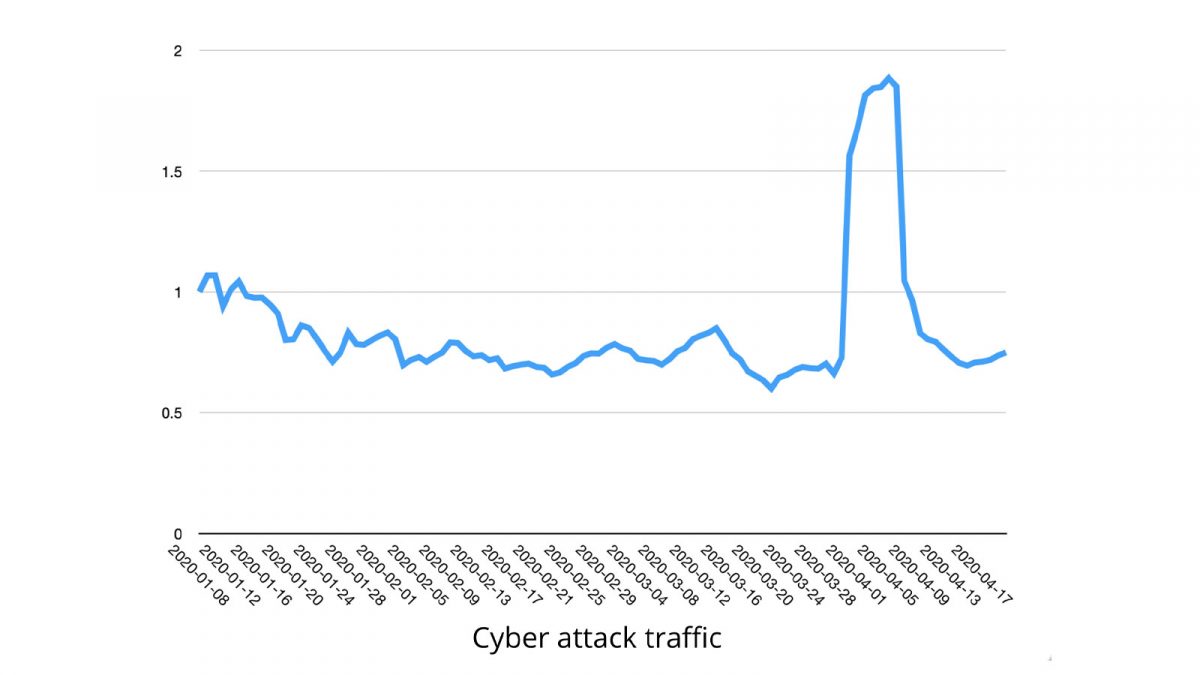
These attacks can be described as opportunistic, and as Tribaldos explained in the webinar, many can be attributed to novice hackers utilizing well-known methods like:
- Pretending to be internet explorer 6
- Cross-site scripting
- Attacks on WordPress sites
- Code injection on PHP sites
- Uploading backdoors
- Faking other search engine bots
- Accessing .git and other version control
- Command injection
- Simple layer 7 DoS
- SQL injection
Layer 3 and layer 4 DDoS attacks have also multiplied since March. These attacks are common and are carried out to overwhelm a certain target with massive amounts of data. Like a traffic jam blocks up a freeway, DDoS attacks prevent regular traffic from reaching its destination. Not only have these attacks grown in numbers, but the size of these attacks has also increased. The largest L3/4 attack in March reached 550.05Gbps according to Cloudflare.

Help make the internet more resilient, join the MANRS initiative
Learn how you can helpBrazil
Brazil, which has a population of over 209 million people, on average has an aggregate traffic level of around 4.89 Tbps, but in the middle of March traffic reached peaks of up to 8.79 Tbps. While traffic has been steadily increasing organically over the past year in Brazil, a sharp increase can be visible in the graph below provided by IX.br. This 80% increase coincides with Sao Paulo’s state governor Joao Doria’s announcement to begin quarantine on March 24th, essentially a shutting down the largest state in the country and causing almost a fifth of the country to begin to stay at home. While traffic demand began to decelerate in April the levels remain above pre-COVID average.
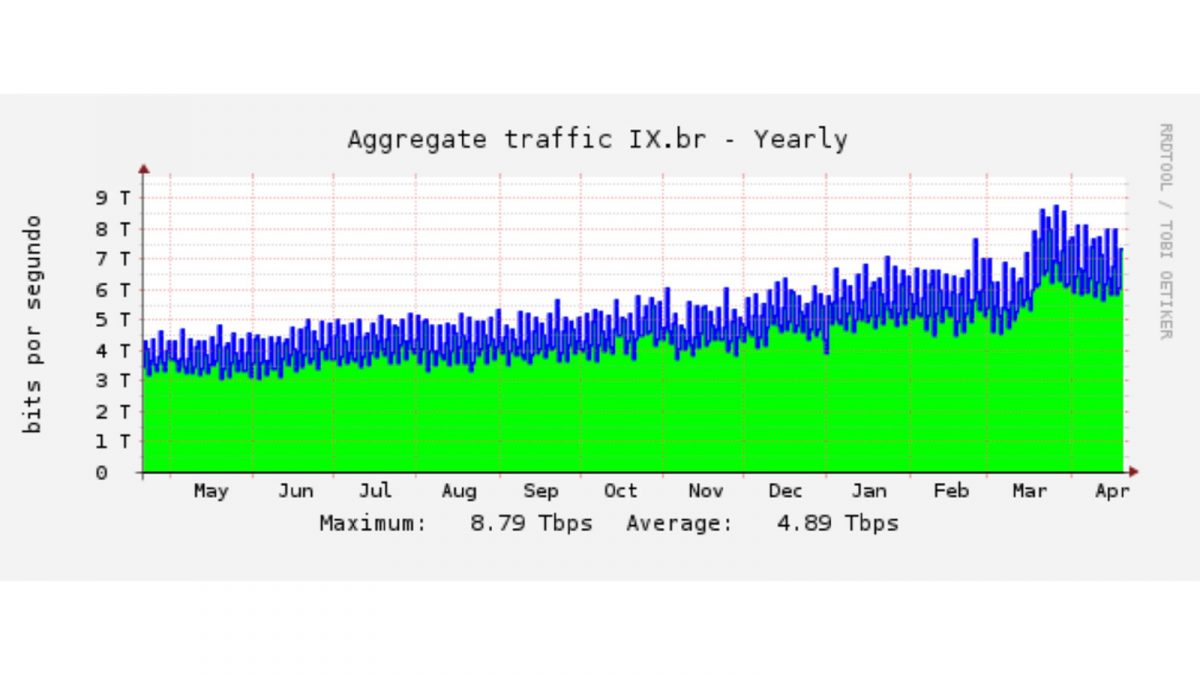
Chile
Chile’s traffic also witnessed traffic spikes days after implementing country-wide quarantine measures on March 25th. The country with a population of over 18 million generates on average a total traffic of 731.81Gbps before COVID-19 but reached 1.96 Tbps by the end of the month. Similarly to Brazil, traffic began to settle in April but remains well above the average before the pandemic.
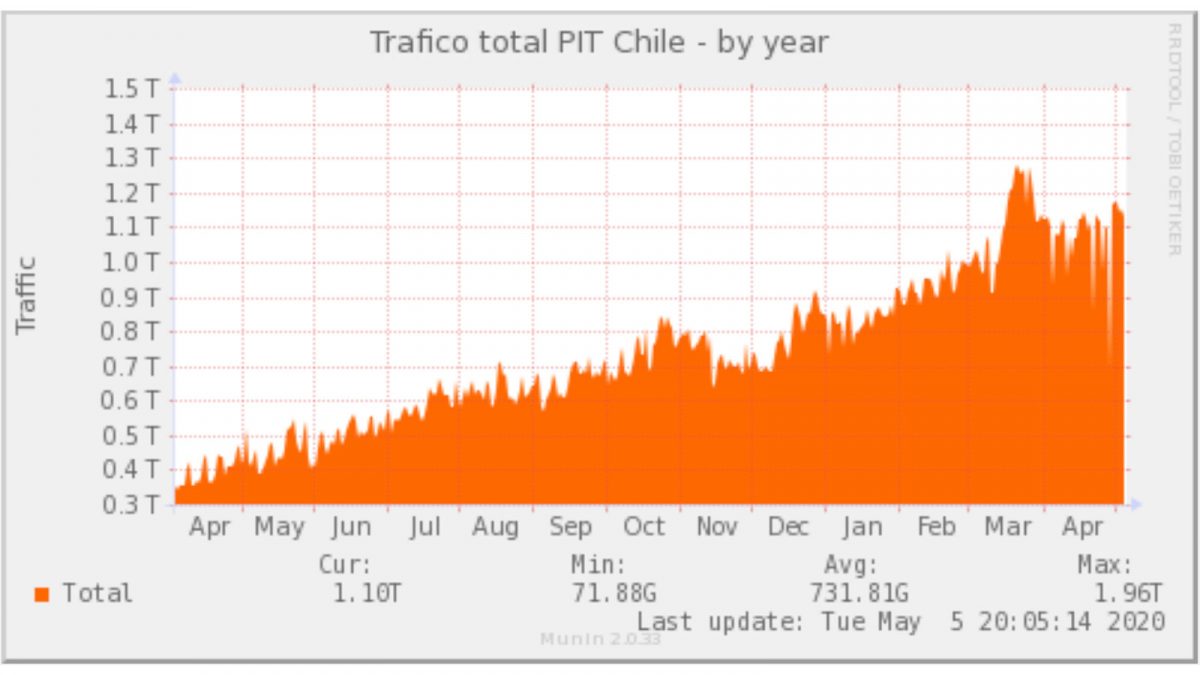
Mexico
To assess the pandemic’s effect on Mexico’s internet traffic we can analyze the data provided by MDC’s MEX-IX located on the US-Mexico border. Thanks to the density of Mexican carriers located there we can study COVID-19’s impact on the country’s traffic demands.
In the graph below we can see how beginning in March, traffic began to rise steadily and sharply rise towards the end of the month. Those surges appear to be connected with the country’s move to enter phase two of their COVID-19 contingency plan that took effect towards the end of March.
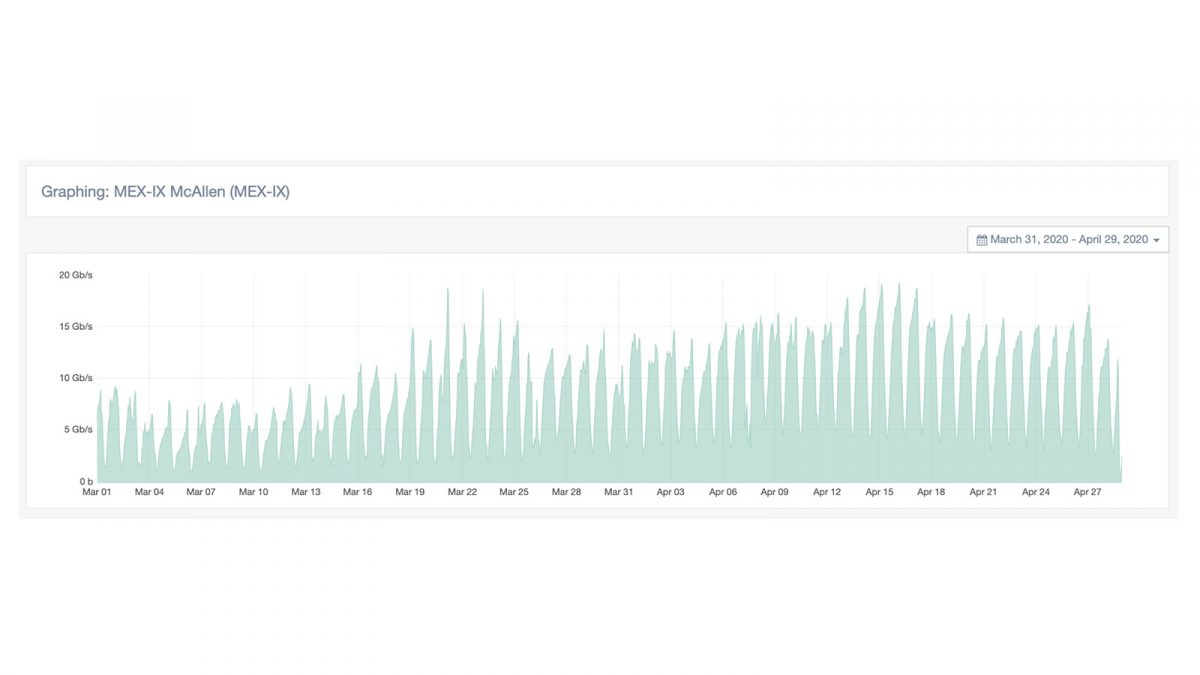
The only IXP established to peer with Mexico
Peer with MexicoConclusion
The internet has experienced unprecedented growth in the wake of COVID-19 along with massive shifts in the type of content consumed and a notable rise in cyber attacks.
These same trends ring true throughout Latin America, especially in countries with the largest demand like Mexico and Brazil, but as more and more governments begin to relax their restrictions and more people resume their regular routines will these traffic levels remain as the new normal or will we witness a gradual reduction to pre-pandemic levels?
At MDC we will continue to keep analyzing the COVID-19’s impact on internet traffic in Mexico and Latin America and we invite you to sign up for our newsletter below to receive future updates on the subject.





